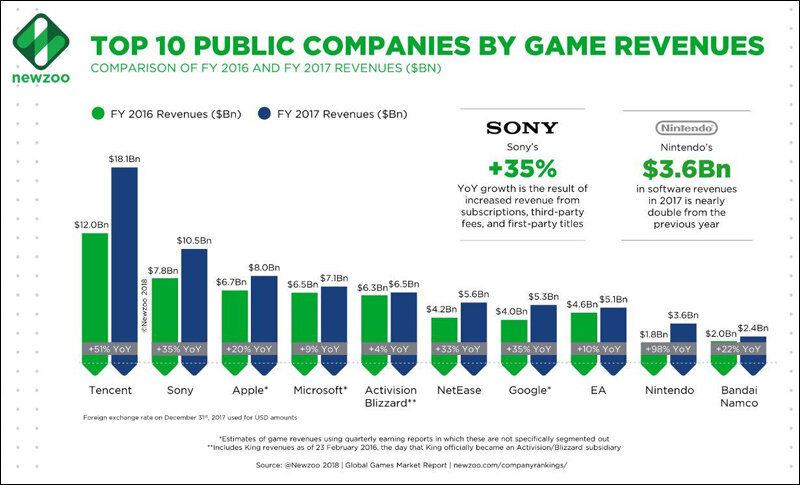Dinesh Elumalai looks at the history, demographics, and potential future of the video game industry in India.
Over the past ten years, video games have significantly increased in popularity in India. Video games, which were once thought of as a kid and teen activity, are now a huge sector with a big impact on the Indian economy.
The Indian video game market is expected to reach a value of over $1.5 billion in 2021 thanks to recent rapid development. Its expansion can be linked to many variables, including rising mobile gaming, greater disposable money, and an expanding gaming culture.
With more than 400 million players, mobile gaming is the most popular type of gaming in India. A wider audience can now play games because of the inexpensive cost of cellphones and mobile broadband, especially in rural areas. Due to this, mobile gaming businesses like Tencent and Paytm have grown and invested heavily in the Indian gaming market.

Gaming Culture in India
Given the growth of e-sports competitions and gaming communities in recent years, India’s gaming culture has expanded substantially. Nowadays, a lot of schools and institutions offer gaming events with prizes and sponsorships from well-known gaming firms.
With programs like the Startup India program and the National Gaming Development Program, the Indian government has also recognized the potential of the gaming sector. These programs seek to support local game developers and encourage entrepreneurship in the gaming sector.
During the past few years, the Indian gaming and esports industry has experienced enormous growth, and there is no doubt that this growth will continue to soar in the years to come. Industry forecasts state that by 2025, there would be more than 657 million online gamers in India, up from 481 million in 2022. Due to the creation of innovative products, novel technology, and rapidly evolving patterns in content creation and consumption, the future of gaming and esports really looks more promising than it has ever been.

The Educational use of Video Games in India
In India, the use of video games for education is still very new, although there is growing interest in using games as a teaching tool. To make learning more dynamic and interesting, several schools and institutions have started incorporating educational games into their curricula.
In India, there has been increased interest in the use of video games for vocational training. Games that instruct skills like plumbing, welding, and electrical work have been developed in cooperation with game development firms by the National Skill Development Corporation. These video games offer a risk-free and economical method of teaching people practical skills.
Demographics of the Video Game Industry
To understand what is fueling market growth, it is interesting to look at who plays video games in India (demographics) and why they game. The Report source (shorturl.at/bhzA1)
The misconception that all gamers are male teenagers is debunked in a 2021 report by Inmobi – Everyone’s Gaming Among Us – about the mobile gaming business in India. Here are the main conclusions:
Male respondents make up 57 per cent of the sample, while women make up 43 per cent.
- Female gamers are 2 per cent younger than 18 and over, 12 per cent between 25 and 44, and 28 per cent over 45.
- Male gamers are primarily between 18 to 24 (47 per cent are between 25 and 44, and 2 per cent are above 45).
- All gamers are between 18 and 44 in proportions of 10 per cent, 59 per cent, and 31 per cent, respectively.
The Inmobi study also examines how frequently Indian mobile gamers use their devices:
80 per cent are avid players who log on daily.
9 per cent of players are infrequent, playing once a month or less, compared to 11 per cent of regular players who play at least once a week.
The paper lists the principal justifications why various people play. It was noted that enjoyment and relaxation were significant motivators for all three categories of gamers.
Dedicated players:
- Entertainment/relaxation
- compete and succeed
- to increase abilities
Non-metro gamers, or those that reside outside of cities:
- leisure
- compete and succeed
- to fend off boredom
Gamers in the Gen X generation (45+):
- amusement/relaxation
- connecting with family and friends
- compete and succeed
The Social Impact of Video Games in India
Both positive and bad societal effects of video games have been observed in India. The growth of gaming addiction among young people in India is one of the harmful effects of gaming. Young people are now more likely to engage in excessive gaming and become addicted because of the readily available, priced cellphones and mobile data, which can have a negative effect on their academic performance and mental health.
On the other hand, video games have also been employed in India to encourage social inclusion and dissolve cultural divides. People from all regions of India have come together thanks to multiplayer games like PUBG and Free Fire, building a sense of kinship and community. Moreover, gaming communities have given people a secure setting in which to explore their identities and receive support.
The Future of Video Games in India
With a thriving gaming culture and a government that appreciates the potential of the sector, India’s future for video games appears bright. Game developers, designers, and other industry experts are likely to find employment possibilities as the Indian gaming market expands.
As more and more people chose to make video games their careers, the Indian video game industry is flourishing and bursting at the seams with talent.
The upcoming generation is predominantly seen making a successful career out of gaming given the velocity at which the gaming industry is changing. According to industry experts, the domestic gaming sector would create 10,000–12,000 new direct and indirect jobs by 2023.

Throughout the past few years, there has been a substantial change in the Indian gambling industry’s involvement and revenue. Maintaining high respect for COVID-19 is essential given the surge in gaming.
New gaming genres like esports, cloud gaming, and mobile gaming have also significantly changed how consumers view gaming. Rapid digitalization and transformation, expanding internet usage, and rising smartphone penetration are all expected to drive future growth in the Indian gaming sector.
Conclusion
To sum up, video games have had a big impact on Indian society, from their commercial value to the development of gaming culture and e-sports competitions. The way we learn and acquire skills in India may change because of the usage of video games in education and vocational training. Video games have a good impact on the economy and society of India, despite worries about gaming addiction and harmful societal effects. It would be crucial to strike a balance between the advantages of gambling and any hazards or difficulties it may present as the Indian gaming market expands.










